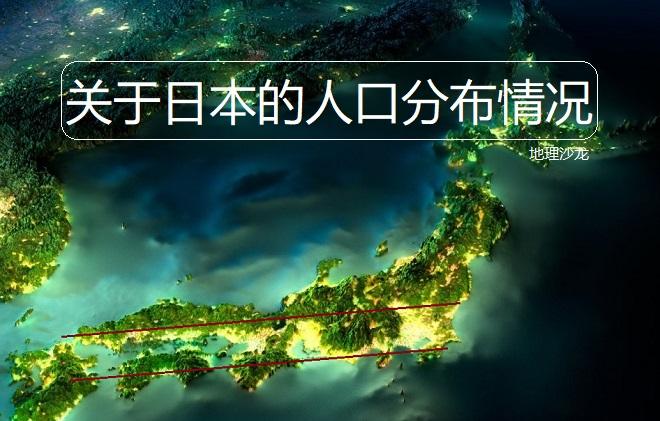Japan is located in the East Asian region of Asia, across the sea from China, located in the east of China, is an archipelagic country, the composition of the land includes Shikoku Island, Kyushu Island, Honshu Island and Hokkaido Island and other four large islands and many small islands, Japan has a total of more than 6800 islands, because all of Japan's territory is located on the island, so it is called "island country", is the only island country in East Asia. Japan's land area is about 378,000 square kilometers, which is basically the same as the area of China's Yunnan Province, and Japan's economy is developed and it is a highly developed capitalist country.

Japan
From the perspective of natural geographical conditions, Japan is dominated by mountainous hilly terrain, the central part of the island is mountainous, the middle of the terrain is high and low, and there are narrow plains around the island. The vast sea area around Japan reflects a very obvious oceanic character, and the main climate types include subtropical monsoon climate and temperate monsoon climate, which are mild and humid. However, Japan's geological conditions are relatively poor, Japan is located in the Eurasian Plate and the Pacific Plate extinction boundary, due to the strong collision and squeeze of the plate, making Japan a country with many volcanic and earthquake disasters, and some people even call Japan a "country cursed by God".
Active volcano Mt. Fuji
Although earthquakes and volcanic eruptions in Japan are very frequent, they have not stopped the tenacious survival of the Japanese people, and today Japan is also a country with a population of more than 100 million. With a population of about 126 million people in 2019, Japan is the world's eleventh most populous country, with a population density of 333 people per square kilometer, which is very densely populated. So, is Japan's population evenly distributed throughout Japan? This is certainly not possible, and the distribution of population is influenced by many factors, including topography, climate, rivers, level of economic development, transportation, natural resources and policies.
Population density distribution map of Japan
We found that Japan's population is mainly distributed in the narrow area of the Seto Inland Sea and the Pacific Coast, which concentrates nearly 70% of the population of Japan. The Seto Inland Sea is a region located in the southwest of Honshu Island, between Shikoku Island and Kyushu Island, with a total area of nearly 20,000 square kilometers. The seto inland sea coastal area is dotted with cities such as Osaka, Kobe, Hiroshima, Kitakyushu, Matsuyama, and Takamatsu, and has a large population. The Pacific Coast region, mainly the southeast of Honshu Island, faces the Pacific Coast, where the cities of Nagoya, Shizuoka, Tokyo, and Yokohama are distributed, with a large population, of which the Kanto Plain region, where Tokyo is located, is the most populous area in Japan, and the total population of the Tokyo Metropolitan Area exceeds 37 million people.
Tokyo
The reason why so many people are distributed along the Seto Inland Sea coast and the Pacific coast is that from the perspective of the location factor of population distribution, it is affected by many factors, in terms of topography, this area is mostly a coastal plain terrain, the terrain is relatively flat, which is conducive to production and urban construction; in terms of climate, this area belongs to the lower latitude area of Japan, and the climate is warmer. However, the terrain and climate are not the most important, the most important reason is the external traffic, this area has many excellent ports, and the sea is very convenient. Some would argue that Japan is an island nation with excellent ports on all sides of the island, so why is the Seto Inland Sea coast and the Pacific coast developing better in the southeast?
Keihanshin Metropolitan Area and Tokyo Metropolitan Area
We know that Japan is a "small country of resources", lack of industrial development of various natural resources, the need to import a large number of mineral resources and energy resources from abroad, and Japan has a developed manufacturing capacity, once known as the "world factory", and Japan's own domestic market is small, a large number of industrial manufactured products need to be sold to all parts of the world, Japan is a typical export-oriented economy. In this way, the better places for Industrial and Economic Development in Japan are all areas with convenient external transportation, and the Seto Inland Sea coast and the Pacific coast facing the Pacific Ocean are obviously very convenient for the import of raw materials and the transportation of manufactured goods. The convenient external transportation made the industrial and economic development of this area rapid, and eventually attracted more people to move in, becoming the most populous area in Japan.
Tokyo CBD